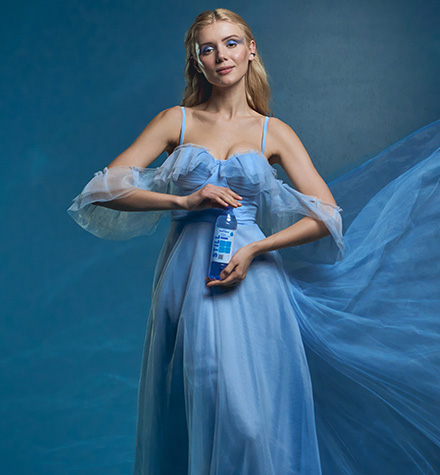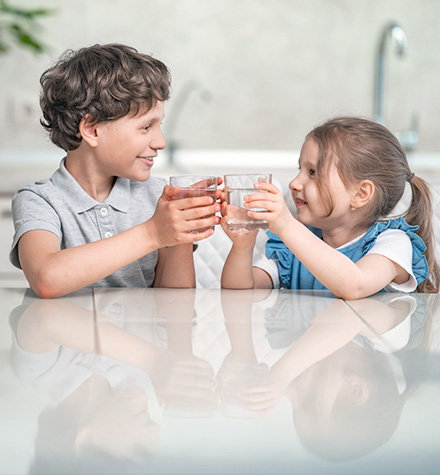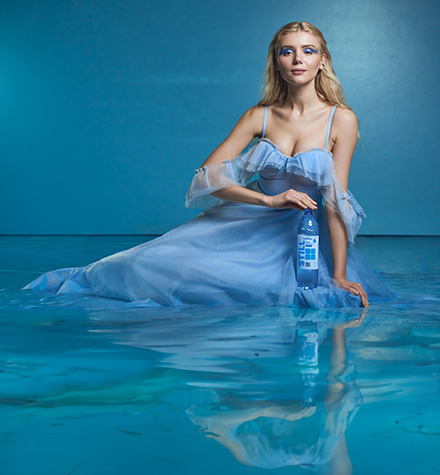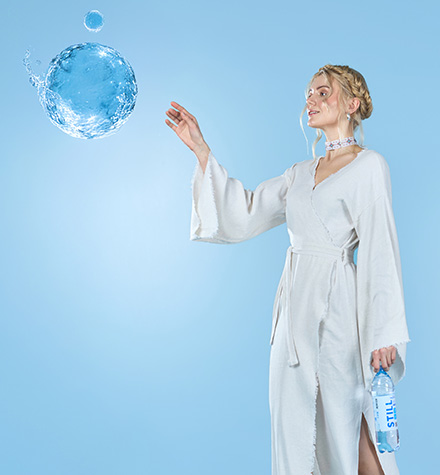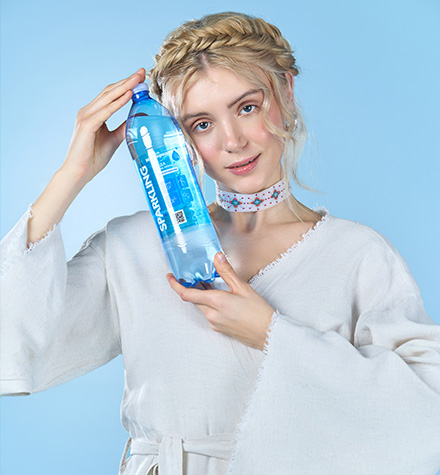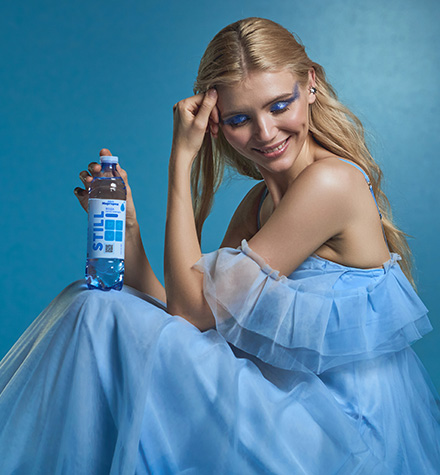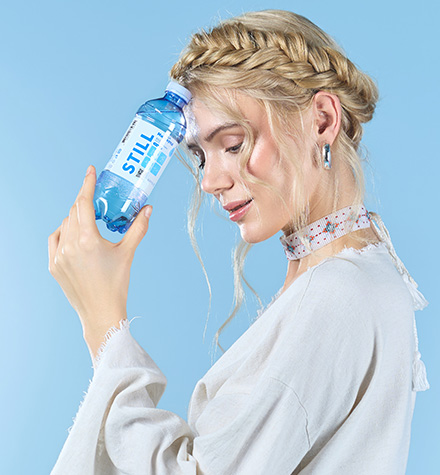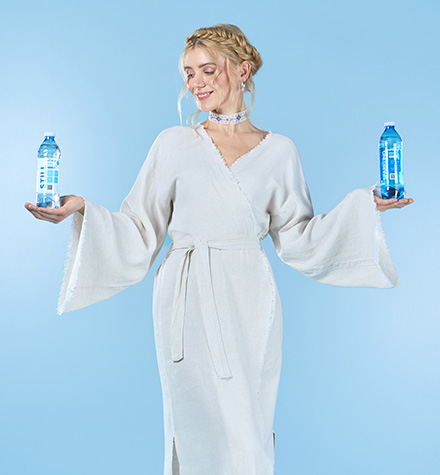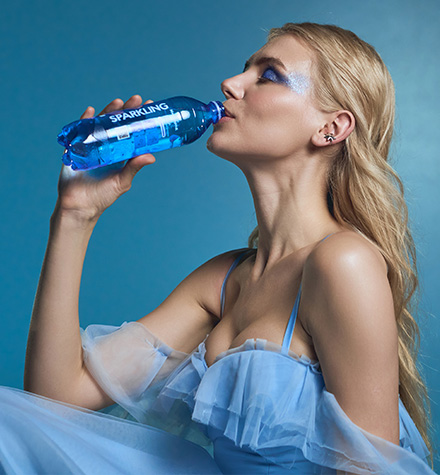Water is the best drink for humans, and the formation of the habit of drinking enough fluids should begin in childhood. Parents often face difficulties when it comes to teaching their children to drink water. We offer effective tips to help make this process natural and comfortable.
When to start offering water?
Water should be introduced into the baby's diet from the beginning of complementary feeding, regardless of whether he is fed breast milk or an adapted formula. However, it is worth remembering:
- At the initial stage, the baby may play with water more than drink it.
- The baby may not immediately realize the need for additional fluids, because before that, breast milk quenched his thirst.
- Do not force your child to drink more than he or she wants.
- Remember that water is not needed in the first months of life, as breast milk or formula fully meets the need for fluids.
How to get your child interested in drinking water?
- Don't force it. Forced drinking will not help to form a good habit, but on the contrary, it can cause a negative attitude towards water.
- Choose the right utensils. The baby should have his or her own cup or glass that is comfortable to hold. For babies, it is better to avoid bottles with a nipple or soft spouts so as not to provoke a refusal to breastfeed.
- Set an example. Children copy the behavior of adults, so drink water with your child.
- It is important to provide access to water. The child should see that water is always nearby and available for drinking.
Turn drinking water into a game. You can use interesting straws or brightly colored cups that will attract the child's attention.
When and how to offer water?
- Place a cup of water next to the plate during meals. It is not allowed to be washed down with food.
- Offer water between meals.
- Take water for a walk, especially in hot weather.
- Water should be freely available so that the child can drink as needed.
What kind of water to give?
- Room temperature is the best option.
- Filtered or boiled table water without additional impurities.
- Do not use water from wells or springs without checking its quality.
- Soda and sugary drinks are not an alternative.
For example, "AQUA Myrgorod" Still and Sparkling water is perfect for daily consumption. The water is produced using modern technologies, which ensures its high quality and purity. The water goes through all the necessary
stages of purification, preserving the natural composition of its components.
For long-term storage and to guarantee the safety of water for the consumer, chemical preservatives are not used during preparation, and the water is disinfected using bactericidal lamps.
Is it necessary to count the amount of water?
A healthy child does not need to strictly monitor the amount of water he or she drinks. If the child is active, has no problems with stool and urination, he or she receives enough fluids. In case of constipation or other special needs, you can gradually increase the amount of water by adjusting the diet.
Conclusion
Teaching a child to drink water is a process that requires patience and attention. It is important not to force, but to create comfortable conditions for water drinking to become a natural habit. The main thing is to take into account the child's desire, offer water regularly and set your own example. Over time, this will help form a useful and important habit that will stay with the child for life.



